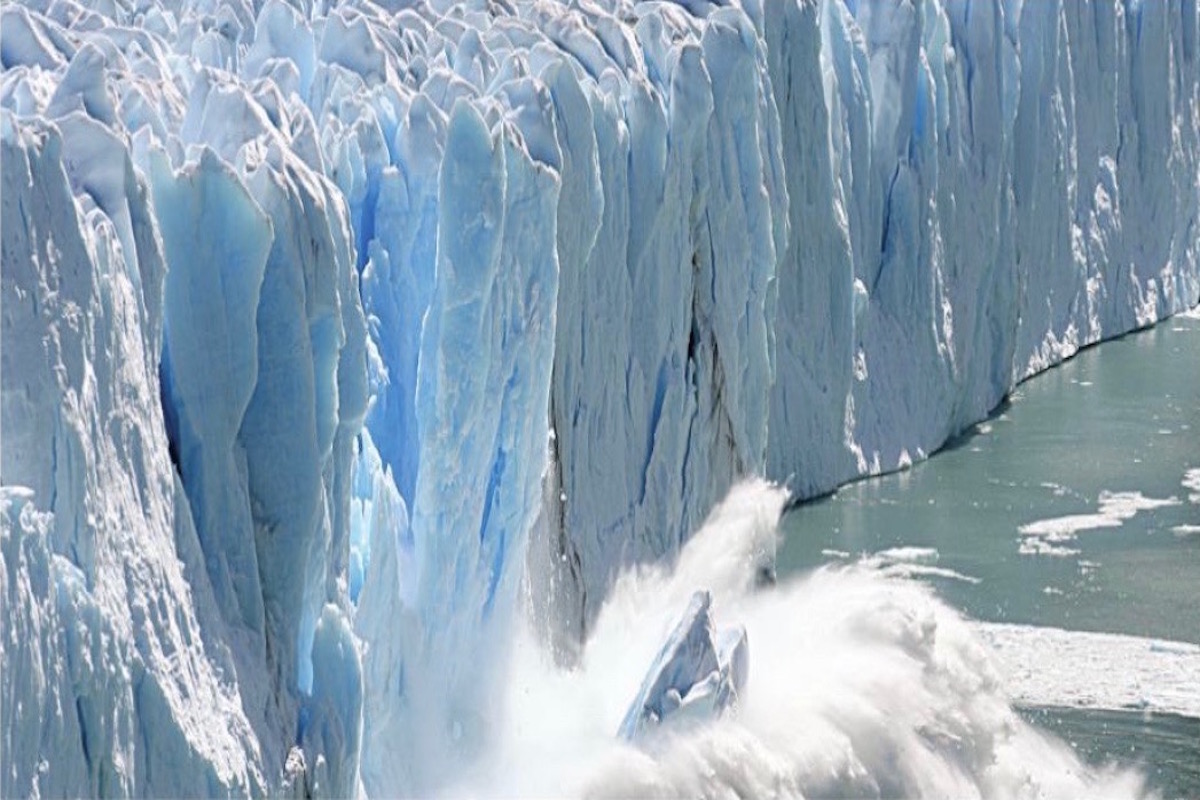World must seek the path of peace
These times of an escalating environmental crisis are supposed to be times of increasing peace and international cooperation as without this it is impossible to resolve the life-threatening environmental problems.
Donald Trump’s campaign suggested opening the Arctic National Wildlife Refuge (ANWR) to oil exploration, whereas the Biden campaign says it would permanently protect the ANWR from energy development

Photo:iStock
Joe Biden has been elected the 46th president of the United States. This has raised a plethora of questions for environmentalists who need to find answers. The two presidential candidates could not be further apart with respect to their environmental ideologies and plans.
Donald Trump’s campaign suggested opening the Arctic National Wildlife Refuge (ANWR) to oil exploration, whereas the Biden campaign says it would permanently protect the ANWR from energy development. The two men who fought for the White House have polar opposite stances on most environmental issues.
Trump, the Republican candidate, has not only called climate change a hoax, but had also removed the U.S. from the 2015 Paris Agreement, which was officially done on 4 November. On the other hand, Biden, the Democrat, considers climate change an emergency and has promised to rejoin the Paris Agreement as soon as he is sworn in. He plans to host a global climate summit to persuade global leaders to set more ambitious and enforceable targets for reducing greenhouse gas emissions. What could Trump possibly have done to anger environmentalists so much? And how does his polar opposite plan to steady the ship?
Advertisement
Trump ended a moratorium on new leases for the production of coal. During his tenure, the U.S. surpassed Saudi Arabia and Russia as the world’s largest oil producer, after becoming a net exporter of both oil and natural gas. He issued an executive order early in his tenure to reduce the regulatory barriers to oil, natural gas, and coal development. He also expedited the approval process for the exports of liquified natural gas.
Biden repudiated campaign donations from the fossil fuel industry and seeks to end subsidies for the industry both on a domestic scale as well as an international scale. He opposes new permits for oil development on public lands and wishes to ban offshore drilling, but recently said he “would not ban fracking.”
He plans to stop China from exporting fossil fuel projects by working with other countries, and to offer financing for alternative cleaner ones. Biden will also try to convince the Group of 20 to eliminate coal financing for all, excluding the poorest countries. He will set “aggressive” limits on oil operations, and aims to plug abandoned oil and gas wells, as well as reclaim abandoned mines. On top of that, he aims to end the use of fossil fuels within 15 years.
Trump rescinded an executive order from President Barack Obama, which required federal infrastructure projects to take rising sea levels into account. The Trump administration also repealed several climate reports from the Obama-era, which required the government to place greater emphasis on climate change in decision making. Trump also pledged to stop contributing to the United Nations’ international “Green Climate Fund.”
Biden plans to spend $2 trillion to reach zero emissions by 2050. Besides rejoining the Paris Agreement, he would push countries to be more ambitious with their climate targets. He wants to “name and shame” countries by ranking them with respect to their climate commitments. Biden says that in his first year he would “demand” that Congress set enforcement mechanisms and legislations for reaching zero emissions by 2050.
During the pandemic, Trump assisted the oil and gas industry. Obama’s “Clean Power Rule”, which aimed not only to reduce emissions but also encourage growth of solar and wind power, was gutted. The administration also suggested an end to tax credits for electric vehicles, and proposed increases in fuel-economy standards for cars and small trucks.
Biden’s climate plan includes investing $400 billion into clean energy and climate research over the next 10 years. He wants to deploy 500,000 new electric vehicle charging stations by 2030. New energy efficiency standards would be considered when upgrading four million buildings; two million would be weatherized in four years. He plans to cut carbon emissions from buildings in half by 2030.
Obama’s rules, which prevented coal mines from dumping toxic metals into streams, were terminated. The Trump administration weakened a rule that limited toxic power plant discharge into public waterways. Trump refused to improve regulations to reduce smog and particulate matter.
Biden plans to establish an environmental justice division in the Department of Justice. Forty per cent of clean energy funds would be allocated to disadvantaged communities. He plans to speed up the testing for lead in drinking water and would remove toxic chemicals from water pipes. He said he would identify the different strategies that would result in fast improvements to air and water quality.
What Biden cannot do is recover the crucial time lost in the global effort to fight climate change. The window to hold off the worst climate change impacts is closing. Trump’s failure to address environmental issues is the greatest harm he inflicted on the environment. This presents the Biden administration with its toughest challenge. The return of the U.S. to the battle against climate change should bring Biden’s goals within reach.
The writer is a student at the Jindal School of Environment and Sustainability.
Advertisement